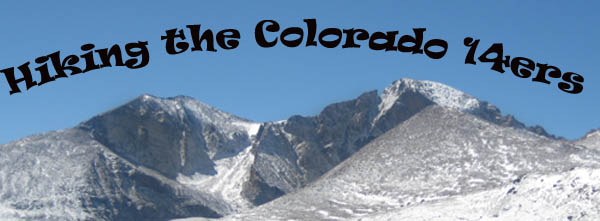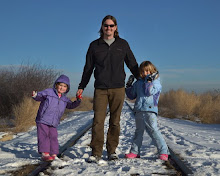Most avalanche accidents are caused by slab avalanches which are triggered by the victim or a member of the victim's party. However, any avalanche may cause serious injury or death. Even small slides may be very dangerous. It is important to always practice safe route finding skills, be aware of current and changing conditions, and carry avalanche rescue gear. Educate yourself on avalanche terrain analysis and snow stability. Learn the evaluation techniques to help minimize your risk.
The avalanche danger ratings are general to a large area and what you encounter may be more dangerous than the ratings portray. It is still important to understand the standard Avalanche Danger Ratings.
United States Avalanche Danger
Low (Green) Natural avalanches very unlikely. Human triggered avalanches unlikely.
Moderate (Yellow) Natural avalanches unlikely. Human triggered avalanches possible.
Considerable (Orange) Natural avalanches possible. Human triggered avalanches probable.
High (Red) Natural and human triggered avalanches likely.
Extreme (Red with Border) Widespread natural or human triggered avalanches certain.






